China's new manufacturing model booms
Xiaomi’s factory in Beijing, which was upgraded in the middle of last year, is a prime example. It operates 24/7 and is capable of assembling 10 million smartphones a year with minimal human intervention.
Likewise, electric vehicle giant BYD uses optimized automation to produce electric cars at significantly lower prices than global competitors. Robotics company Unitree has deployed AI-powered bipedal robots to perform complex tasks in manufacturing and logistics.
China’s leading e-commerce company, JD, has recently stepped up its push to build “micro factories,” or smart manufacturing hubs, that integrate AI and robotics to increase flexibility in production. JD Industrial has launched Joy Industrial, an industrial large model that serves the entire supply chain—from demand forecasting, procurement, to inspection and delivery—in smart manufacturing hubs.
The deployment of a chain of compact, flexible “micro-factories” that integrate AI and robots helps JD optimize modular production, flexibly meet demand and reduce operating time. This is an important step in the “AI + industrial manufacturing” strategy.
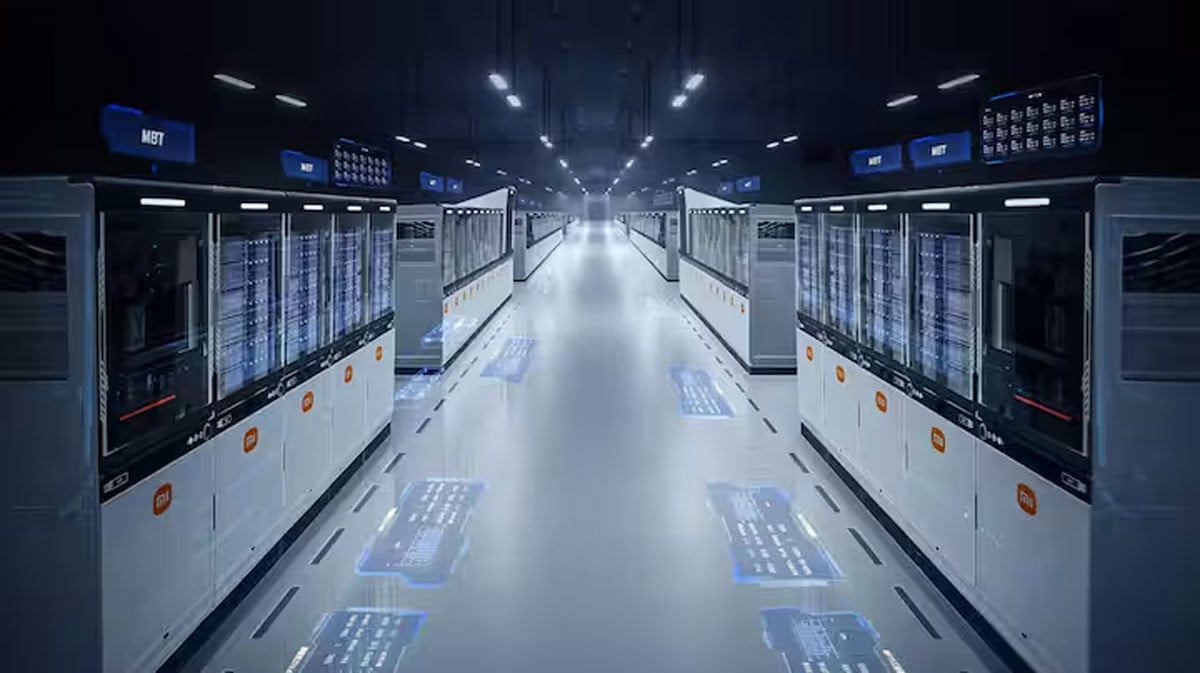
The new wave marks China’s transition from a manufacturing hub reliant on cheap labor to a smart, decentralized, yet incredibly efficient industrial ecosystem. Lights-free factories use robotic arms, automated assembly lines, and AI-driven logistics networks to reduce costs and increase productivity.
As a result, cheap goods from China – from solar panels to electric car batteries – are flooding global markets.
In the solar industry, China accounts for more than 80% of global capacity, causing prices to fall more than 70% in a decade, according to Americansolartradecmte. In the electric vehicle sector, in April, BYD surpassed Tesla in sales in Europe for the first time thanks to low prices and an AI-optimized supply chain.
China's secret lies not only in its application of technology, but also in its spirit of continuous improvement and government support, which Beijing provides through subsidies for factory renovations and the construction of AI pilot zones in many cities.
The world enters a new race: Industry 4.0 really
China’s growing manufacturing capacity and falling prices are causing concern in countries including the US. US industrial production has stagnated over the past decade due to high costs, high prices and lack of innovation.
Recently, the US and a number of countries have promoted large-scale industrial policies to promote economic development, technological innovation and environmental protection, often accompanied by financial support, taxes and investment incentives, including in the semiconductor sector - the core industry of modern technology such as AI, electric vehicles, defense, and telecommunications.
In addition, the Trump administration has launched trade wars, imposing high tariffs on goods from China and many other countries to protect domestic manufacturing.
Competition is no longer about the best technology, but about the ability to actually deploy it into smart factories, which are reshaping the global value chain.
In fact, the US, despite being a leader in AI technology with Nvidia's advanced chips and applications like ChatGPT or Grok,... is slow in deploying AI into actual production. Meanwhile, China is leading the trend of lights-free factories and AI-optimized manufacturing ecosystems.
China has taken a pragmatic approach, focusing on mass adoption of AI. Models like DeepSeek serve not only large corporations but also small businesses, helping them optimize their business and global sales.
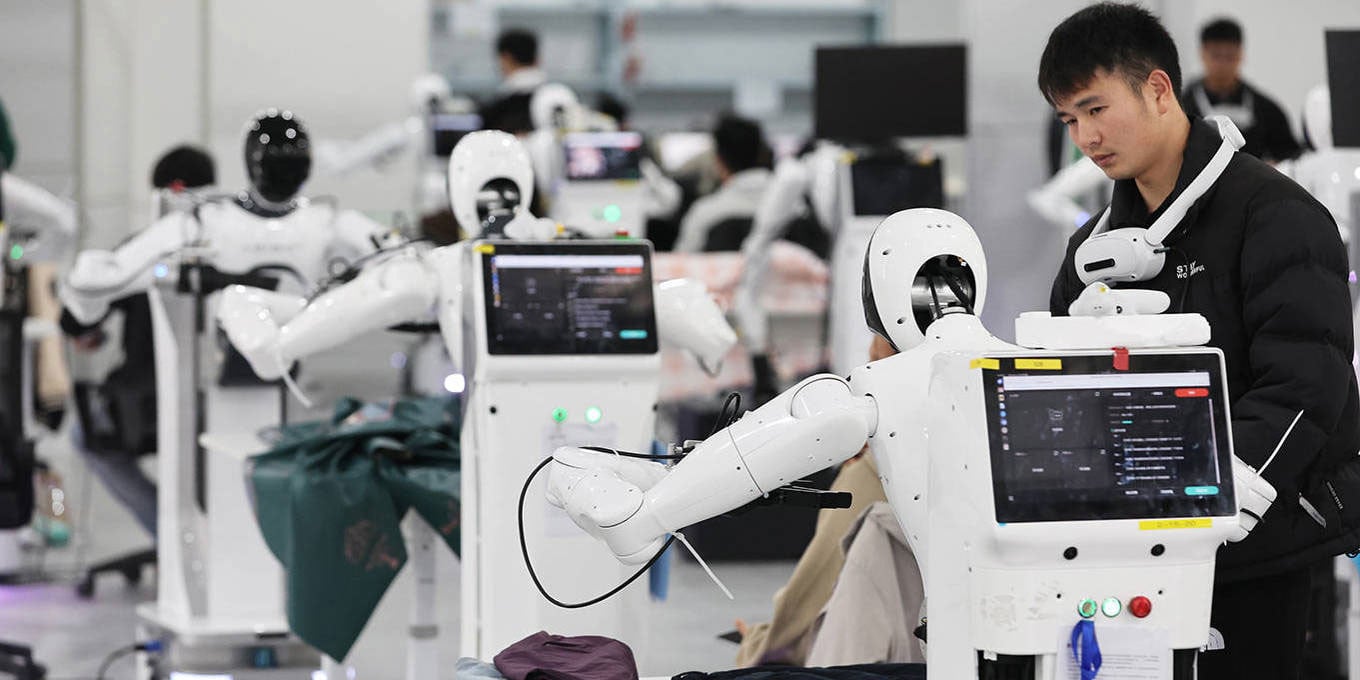
To remedy this, the US has taken more pragmatic steps. As soon as he took office for his second term, Mr. Trump announced a plan to mobilize $500 billion from the private sector to build data centers, along with $50 billion in investment in domestic chip manufacturing.
A flexible legal framework is being designed, combining mandatory and voluntary regulations to protect privacy and intellectual property while encouraging innovation.
Europe and other countries are also racing to keep up.
Earlier in April, the European Commission published a Continental Action Plan on Artificial Intelligence to transform the EU’s traditional industries and unique talent pool into a powerful engine for innovation and accelerate AI development. This is aimed at positioning the European Union as a global leader in the technology. Meanwhile, Japan and South Korea are investing heavily in robotics and automation.
But the biggest challenge remains speed. China is not only deploying quickly, but also creating a flexible manufacturing ecosystem that will allow it to reshape costs and global supply chains. As AI pushes productivity beyond the limits of traditional management, industrial policy is becoming a strategic weapon in the national race.
The private sector also has a role to play. CEOs in the US are being called upon to take the lead in training their employees in AI skills and building new businesses based on AI. This will not only help mitigate the shock of job losses but also create new growth opportunities.
However, without close coordination between government, businesses and educational institutions, the US risks being surpassed by China in the Industry 4.0 race.
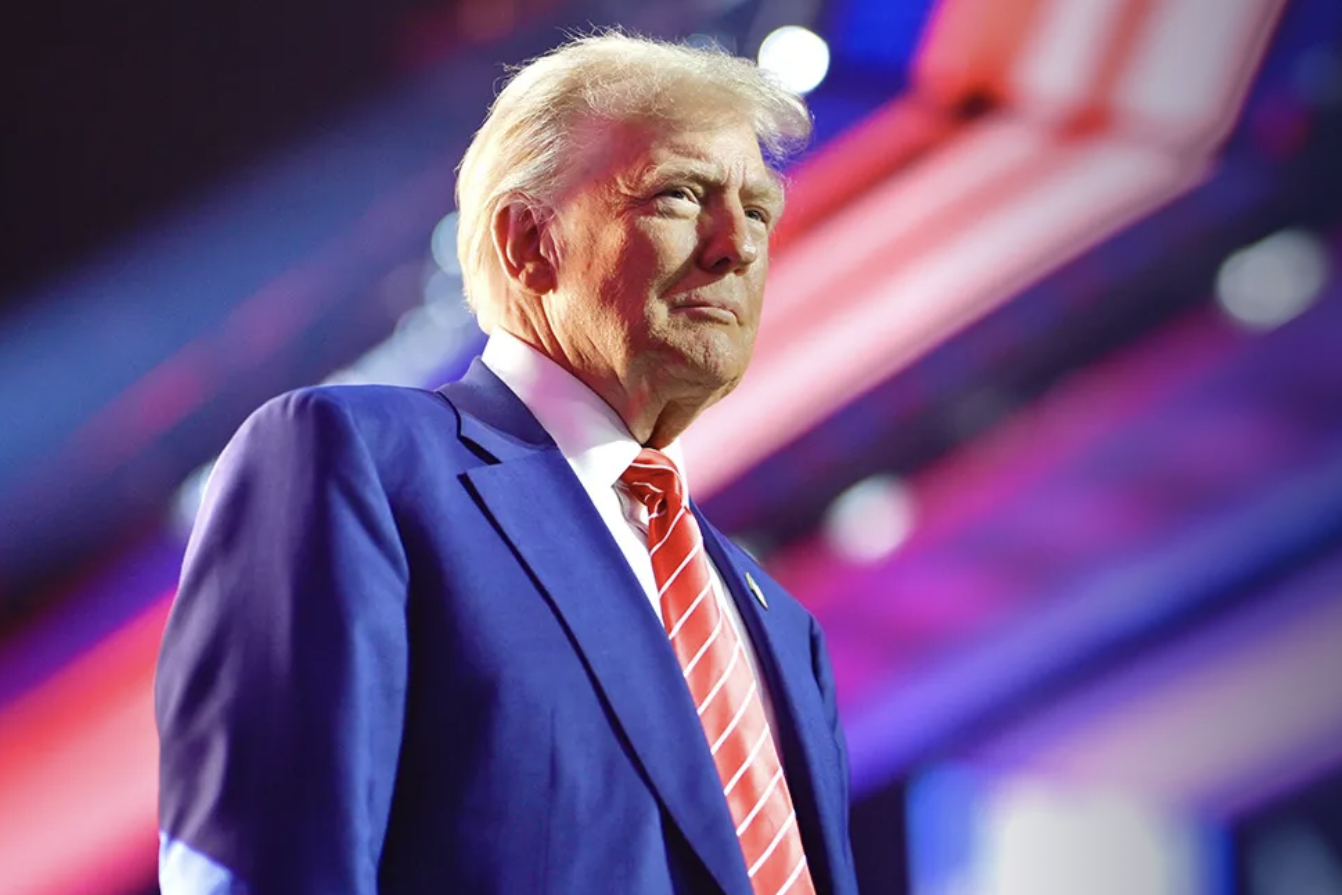
Source: https://vietnamnet.vn/trung-quoc-day-manh-nha-may-khong-den-cuoc-canh-tranh-voi-my-them-khoc-liet-2421156.html


![[Photo] Cat Ba - Green island paradise](/_next/image?url=https%3A%2F%2Fvphoto.vietnam.vn%2Fthumb%2F1200x675%2Fvietnam%2Fresource%2FIMAGE%2F2025%2F12%2F04%2F1764821844074_ndo_br_1-dcbthienduongxanh638-jpg.webp&w=3840&q=75)





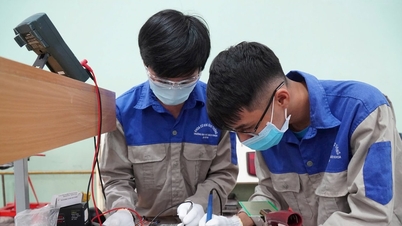



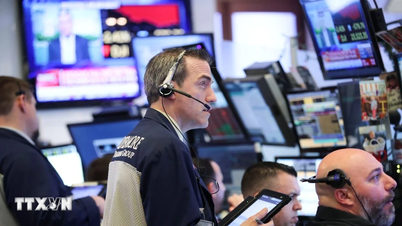



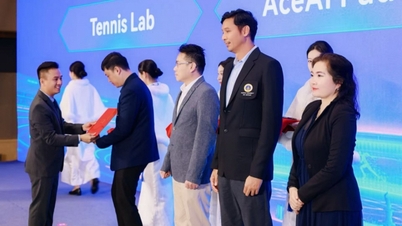




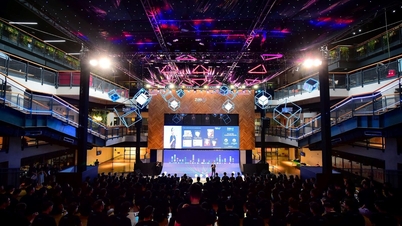




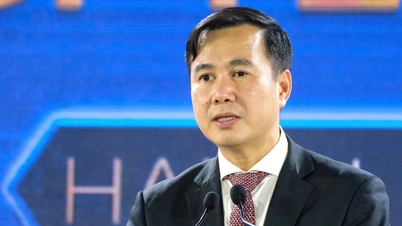






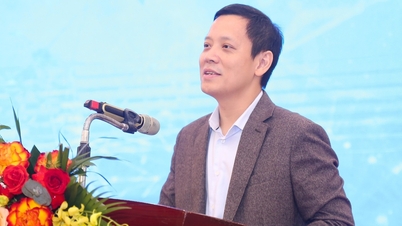






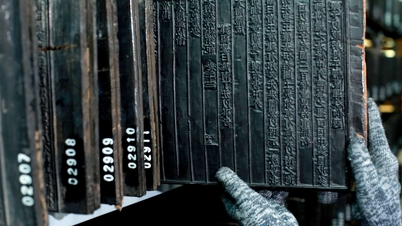








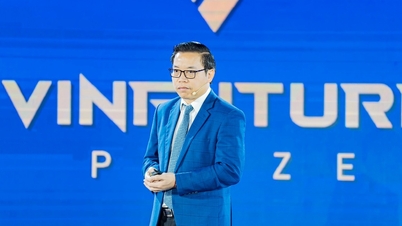
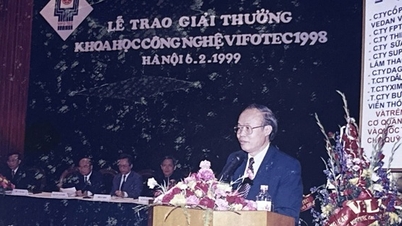






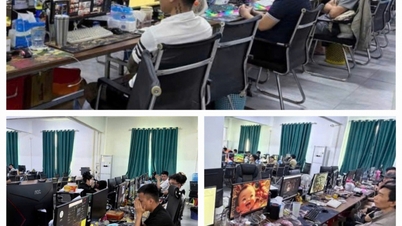

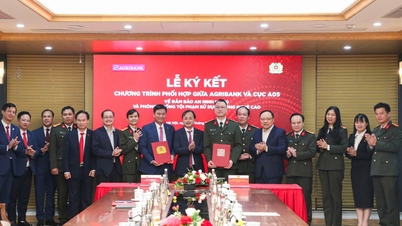

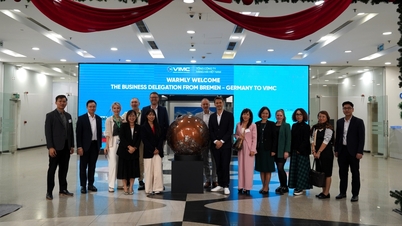















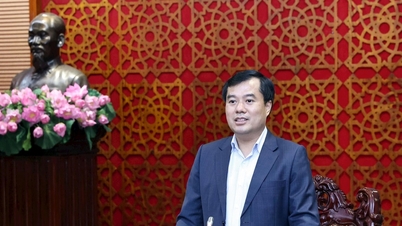




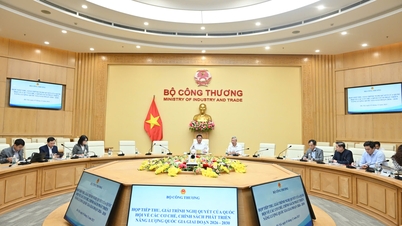



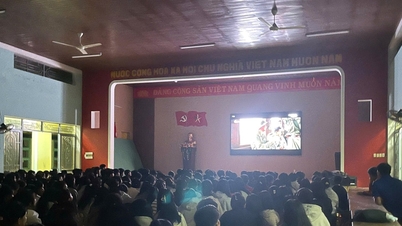
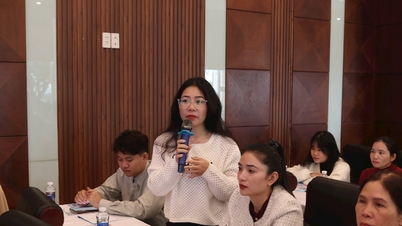




















Comment (0)